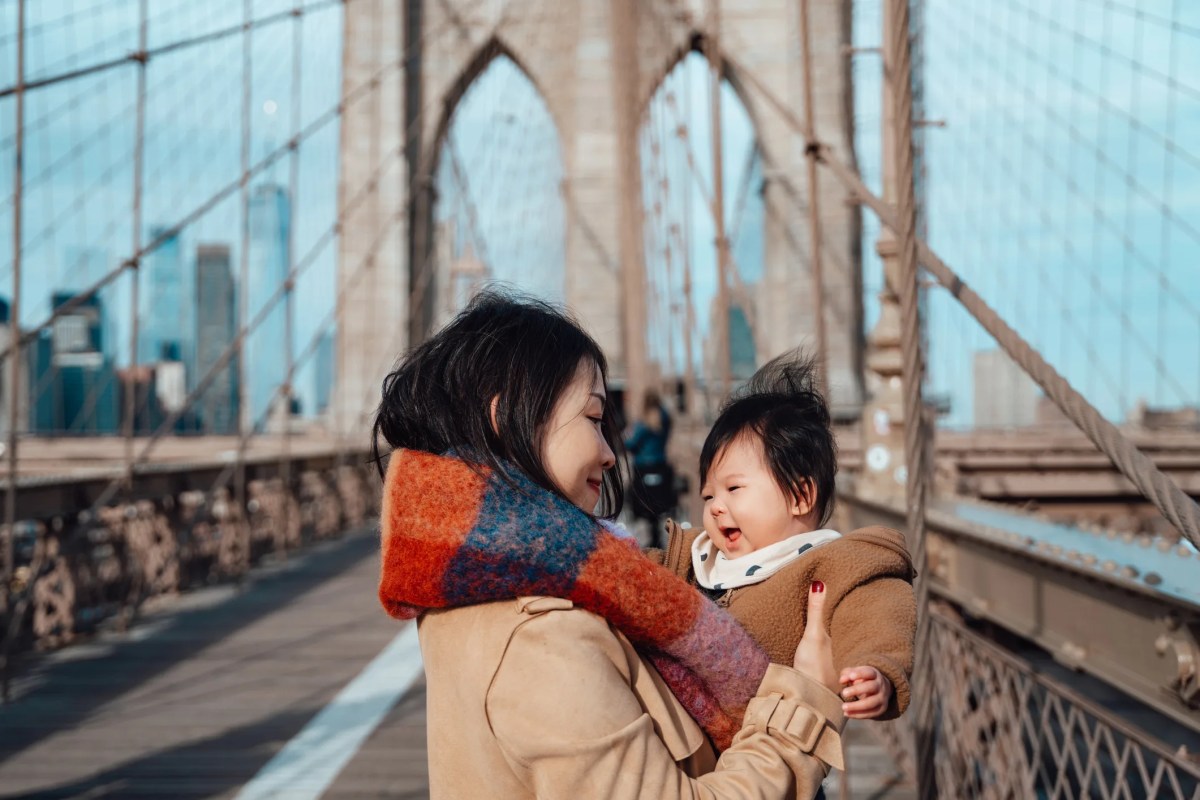Marking President Donald Trump’s inauguration anniversary, a new Manhattan art exhibit aims to address his “discriminating and racist politics.”
“One Year of Resistance,” opening on Jan. 16 at The Untitled Space in TriBeCa, features works by more than 80 artists that were carefully curated under the leadership of gallery director Indira Cesarine.
The exhibition aims to shed light on several issues that have plagued the country since Trump’s election, according to Cesarine, including mass shootings, sexual harassment, and threats to immigrant, reproductive and transgender rights.
“It is impossible to sit back and watch as our rights crumble before our eyes,” Cesarine said in an emailed statement. “It is extremely disturbing that our cultural foundation is being rocked by the very platform that is meant to protect and serve our nation.”
One of the featured artists, Brooklyn-based Annika Connor, hopes to reflect the “current cultural chaos” in her painting, “Blind Faith.”
The allegorical artwork features a group of blindfolded white men in suits huddled together with their heads bowed and hands joined as if in a pact, according to Connor. The scene, set against a backdrop of $100 bills, was painted in response to what she considers to be government greed, Connor said.
“I view my newer political art as a creative call to action and I hope my paintings will inspire others to do what they can to create change too,” she added.
Among other prominent artists represented are photographer Parker Day, painter Grace Graupe-Pillard, illustrator Rebecca Leveille and multimedia artist Signe Pierce.
Each artwork will be accompanied by an artist statement that explains the motivation behind the piece. Cesarine recommends that visitors take at least an hour to explore the exhibit.
Ten percent of the proceeds from artwork sales will be donated to the American Civil Liberties Union, Cesarine said.
Since Trump assumed office, controversy has plagued the administration’s stance on the arts and humanities.
In May, Trump called for ending federal funding for the National Endowment for the Arts and its sister agency National Endowment for Humanities, which provide coveted grants to artists across the nation. Congress, however, rejected his proposal and the House appropriations committee allocated $145 million in funds to each institution, according to The New York Times.
Roughly three months later, on Aug. 18, members of the president’s Committee on Arts and Humanities resigned en masse after Trump failed to adequately condemn a white supremacist rally in Charlottesville, Virginia, Politico reported. A joint statement the group issued to Trump, in which the first letter of each paragraph spelled “Resist,” read, “Supremacy, discrimination, and vitriol are not American values. Your values are not American values.”
In response, the White House issued a statement that said Trump had already made the decision to disband the committee, adding that it was “not a responsible way to spend American tax dollars,” according to the Politico report.
“One Year of Resistance,” on view from noon to 6 p.m. through Feb. 4, challenges that notion.
“Art is not a ‘luxury,’ it is our history, it is our story,” Cesarine said. “Artists have always been perceived as a sort of mirror of the population and with a group show this size, I think we are able to present a very real picture of what people are thinking and feeling on these subjects right now.”


































